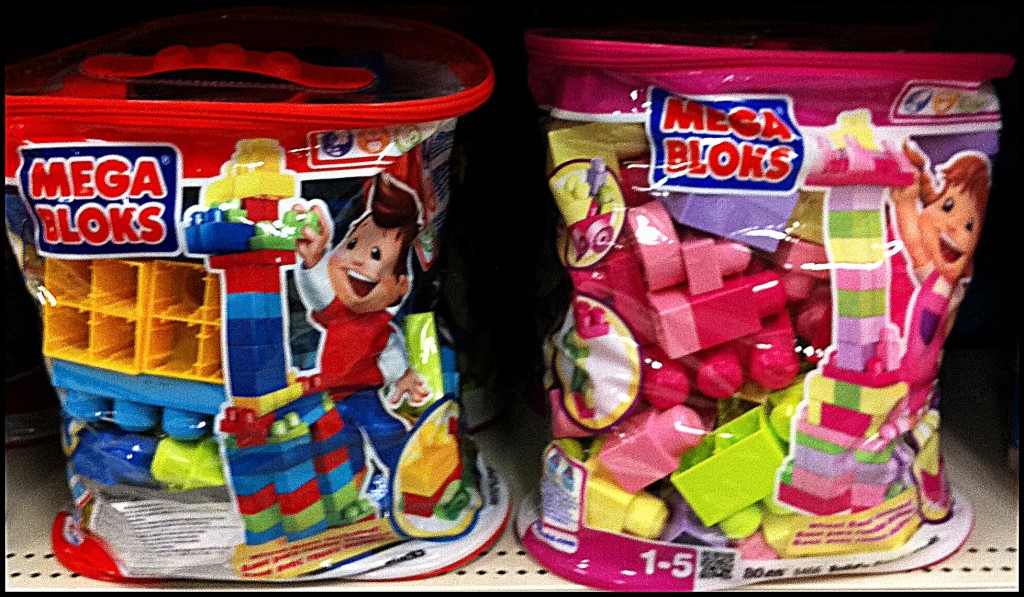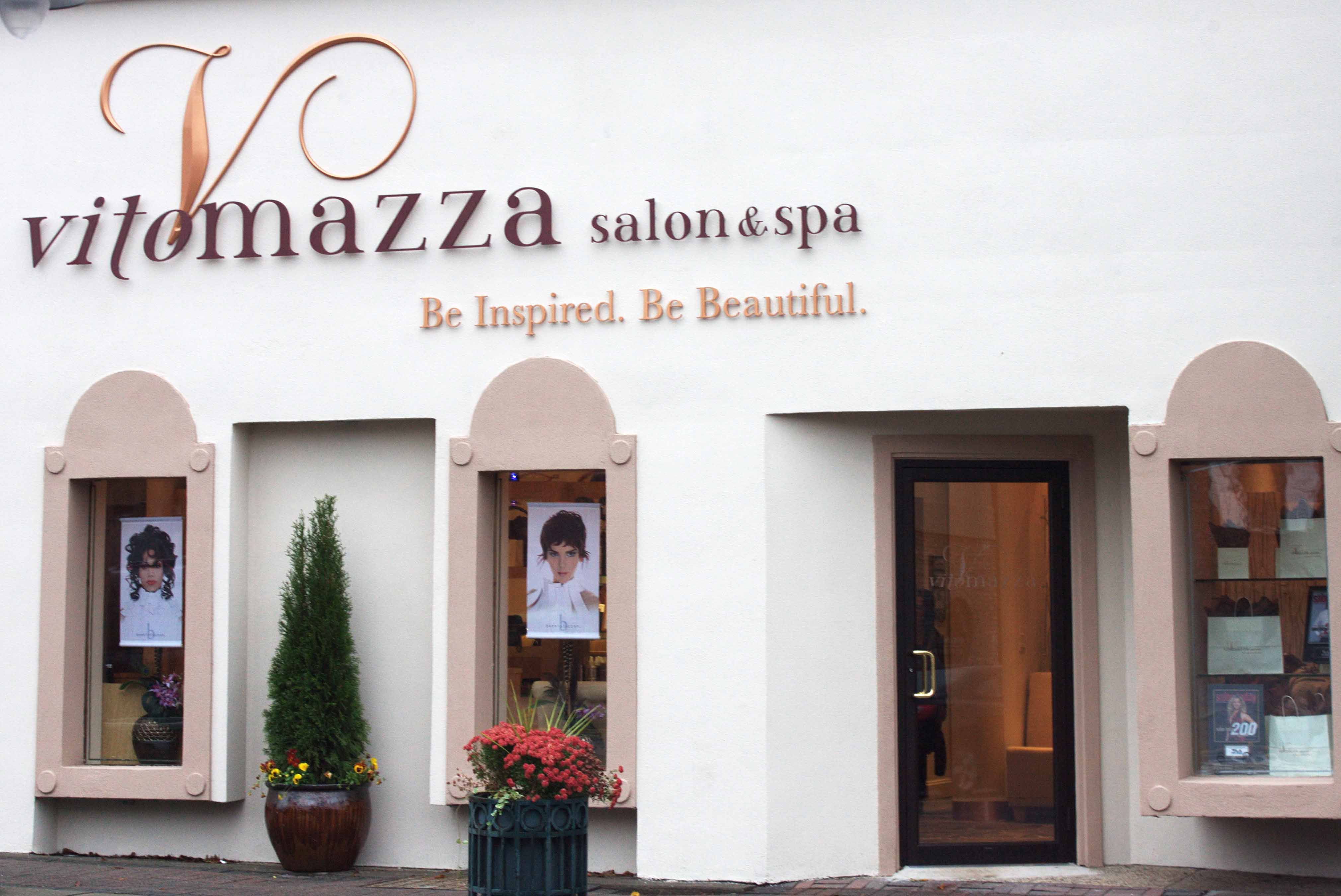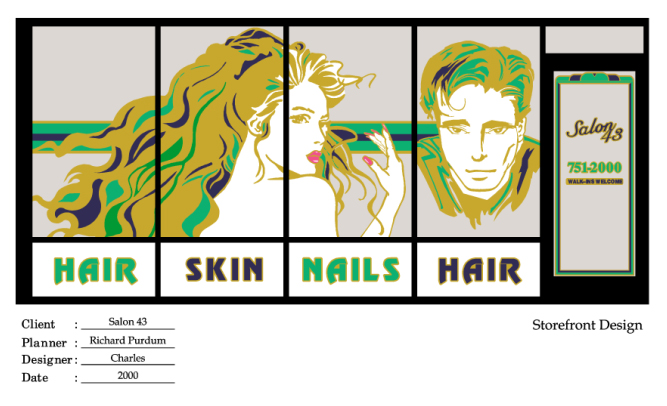This products help in the intern negotiation everyone is carrying on between the actual self (who a person actually is), the ideal self (who that person deserves to be or want to be [directly related to the ego]) and the ought self (who that person thinks that should be). People is negotiating this triad to find a balance by consuming products.
There are two main social comparisons consumers carry on when deciding what product to consume: upwards comparison (for instance, comparing one self to a celebrity) or downwards comparison (for instance, comparing one self to someone considered less intelligent, successful, etc). This creates a feeling of community, making easy to identify which values or tastes certain people have by the products they own. They are symbolic representations.
Some examples of this can be Apple, which associate personality types with products. Nespresso uses George Clooney for an upwards comparisson, selling coffee more than just a drink, but a lifestyle.
Some of the ethical issues of how consumerism uses these techniques to sell are that, as a result, people stereotype others into categories, which makes consumerism a necessity for self-validation, which is a lie. Frustration will eventually happen for the self-fulfilling prophecy that will never be fulfilled through consumerism. This would be not so bad if there was a consciousness about it, but these associations happen unconsciously, making society chained to unnecessary and unrealistic expectatives as well as making its individuals narcissistic and negative about how they look.
These ideas, despite how unethical are, helps designers to better connect with the target audiences. In title sequences design, this could be applied from the perspective of what a person means by saying they like a certain movie. They might want to say how curious they are, how funny or how brave.

























































